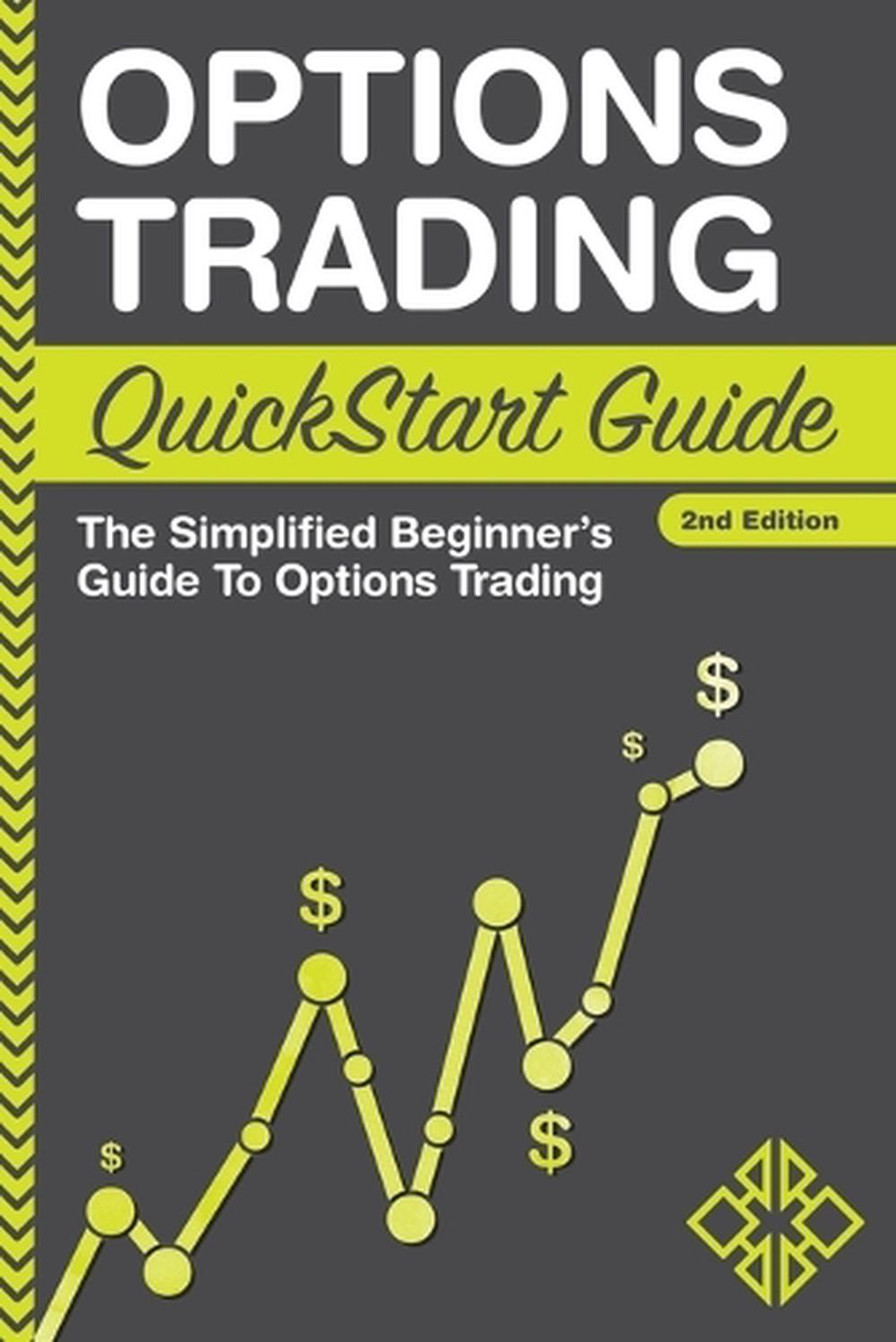Introduction
Options trading, once perceived as a complex and intimidating financial instrument, has gained immense popularity among both experienced and novice investors alike. With the potential to generate significant returns, it offers a unique way to potentially enhance your portfolio and diversify your investments. Whether you’re a first-time trader or looking to expand your knowledge, this quickstart guide will provide you with a comprehensive overview of options trading, equipping you with the essential concepts and strategies.

Image: www.pinterest.com
Demystifying Options
Options are derivative contracts that derive their value from an underlying asset, such as a stock, index, or commodity. They grant the holder the right, but not the obligation, to either buy (call option) or sell (put option) the underlying asset at a predetermined price (strike price) on or before a specified date (expiration date). Unlike futures contracts, which obligate the holder to buy or sell the underlying asset, options provide flexibility, giving traders the option to exercise the contract if it aligns with their market forecasts.
Types of Options and Their Uses
Call options: Call options give the holder the right to buy the underlying asset at a specified strike price on or before the expiration date. Traders typically employ call options when they anticipate an increase in the underlying asset’s price, allowing them to potentially capitalize on this upward movement.
Put options: Put options provide the holder with the right to sell the underlying asset at a predetermined strike price on or before the expiration date. These options are strategically utilized when traders anticipate a decline in the underlying asset’s price, allowing them to potentially profit from such a downward trend.
Key Factors Impacting Options Pricing
The pricing of options contracts is influenced by several key factors, including the underlying asset’s price, volatility, strike price, time to expiration, and risk-free interest rate. Understanding how these factors interact enables traders to make informed decisions when pricing and trading options.

Image: www.ebay.com
Strategies for Success in Options Trading
Covered call: A covered call strategy involves selling a call option against a corresponding number of shares of the underlying asset that the trader owns. This strategy generates income through the sale of the call option while limiting potential downside risk by owning the underlying asset.
Cash-secured put: A cash-secured put strategy entails selling a put option with the necessary funds in the account to potentially buy the underlying asset at the strike price. This strategy provides income generation while also reducing the cost of acquiring the underlying asset in case of a price decline.
Options Trading Quickstart Guide
Conclusion
Options trading presents an attractive opportunity to enhance portfolio returns and manage risk, but it’s crucial to acquire a solid understanding of the concepts, strategies, and potential risks involved. This guide provides a foundation for beginners to navigate the intricacies of options trading, empowering them with the knowledge and confidence to potentially succeed in this dynamic financial arena. Whether you’re new to options or seeking to refine your existing strategies, this quickstart guide will serve as a valuable resource, helping you unlock the potential of options trading.






